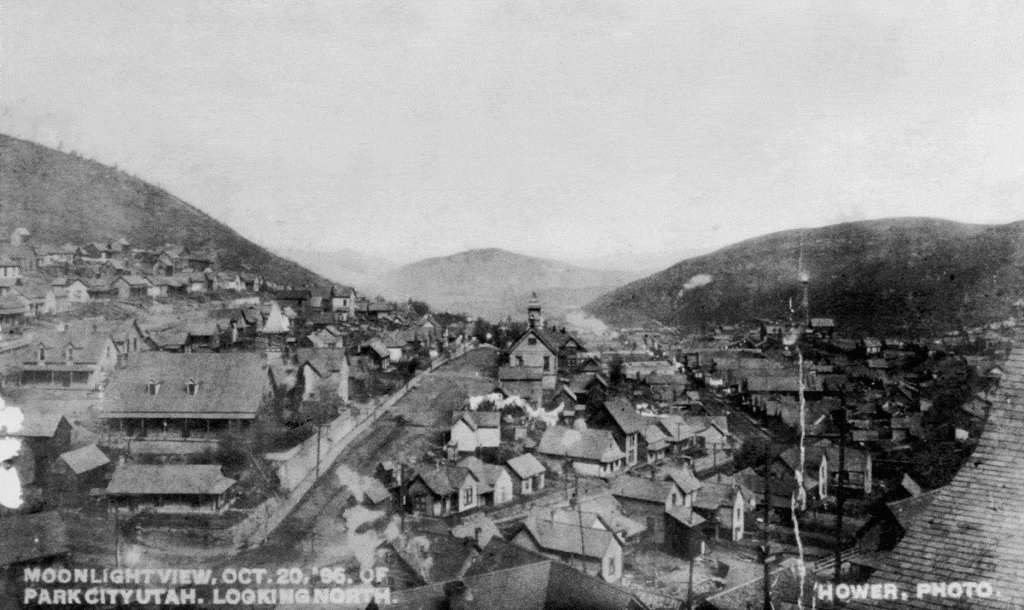Three major factors are usually necessary to successfully usher a silver mining town beyond the immediate boom and bust cycle: capital provided by investors; technical understanding of mining processes by miners and mine operators; and the stable or rising price of silver. During Park City’s heyday, from the time silver was first discovered in the late 1860s until the economic depressions of the late 1890s, the town was lucky enough to have access to all three factors.
Investors like Thomas Kearns, David Keith, and John Judge, whose names we now recognize on street signs, schools, and hospitals throughout Park City and the Salt Lake Valley, supported the growth of big companies such as the Ontario and Silver King. The influx of mining engineers with experience across the country and the world contributed to such innovative tools as the Cornish pump, which drained the flooded lower levels of the Ontario. And government regulation of the price of silver secured high profit margins.
During the 1880s, Park City’s growth was rapid. The Park Record published countless notices of townspeople building new homes and businesses on what seemed like a daily basis. According to the paper, there were an estimated 200 to 300 homes built in 1889, each costing an average of $500.
Park Avenue stood out from the early days as one of Park City’s fancier residential streets. Numerous reports in the local paper refer to the homes built on that street some of “the finest” and most “handsome.” An end-of-year report in 1888 noted that “scores of cozy cottages and elegant dwellings have been erected and improved upon Park Avenue being the principal street whereupon these latter evidences of prosperity for the year ’88 are most noticeable.”

Credit: Park City Historical Society and Museum, Thomas F. Hansen Collection
The townspeople who called Park Avenue home included Dr. LeCompte; James Kescel, a politician and mining investor; Henry Newell, noted in the Salt Lake Tribune as part of a “coterie of prominent Utah men”; and the McLaughlin family, who at one point owned a significant amount of Park City real estate. The street saw countless house and garden parties, including one in 1894 at the McLaughlin residence to celebrate “the Misses Keith, Minnie Kescel, and Mamie Ivers,” all headed east for school.
Much of Park Avenue was destroyed in the Great Fire of 1898, but many of its original residential structures were rebuilt in a similarly elegant manner. Though some of Park City’s wealthiest inhabitants such as the Keith, Kearns, and Judge families eventually moved to Salt Lake City, other prominent Parkites stayed, contributing to the rich history of our town. The neighborhood of middle Park and middle Woodside avenues will be featured on the Park City Museum’s upcoming Annual Historic Home Tour. Join us on Saturday, June 23, 2018 from 10am to 3pm for this one-day-only event to see how today’s residents make creative use of these historic structures.
Sources:
Randall, Deborah Lynn. Park City, Utah: An Architectural History of Mining Town Housing, 1869 to 1907. Master’s thesis, University of Utah. 1985.
Park Record, December 29 1888; December 28, 1889; September 8, 1894